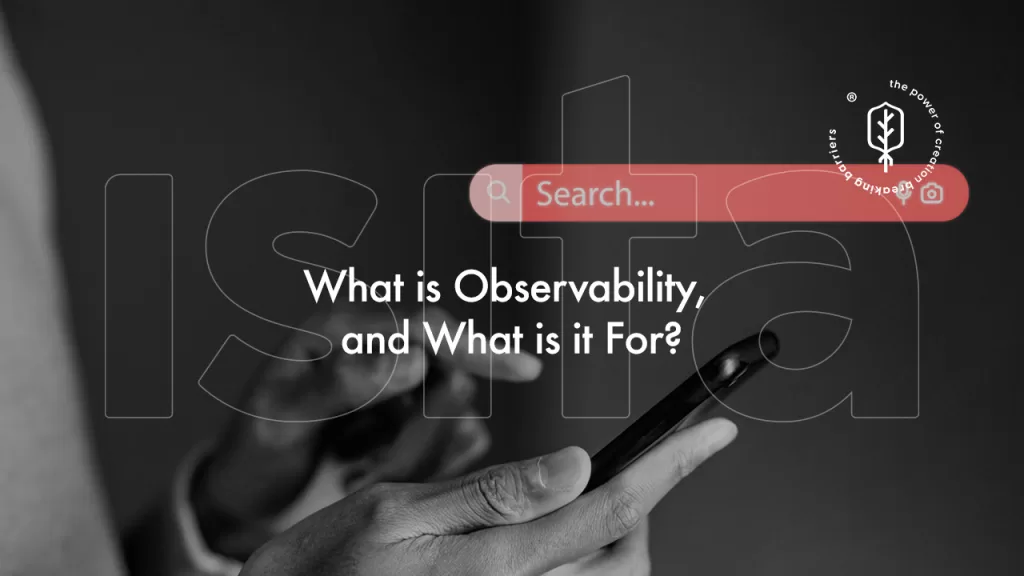The landscape of back-end development is continuously evolving, driven by advancements in technology, changing business requirements, and the ever-increasing demand for more efficient and scalable web applications.
Staying updated with the latest trends in back-end development is crucial for developers who want to build robust, efficient, and future-proof applications.
This article explores the most significant trends shaping back-end development today, providing insights into the technologies and practices that are revolutionizing the field.
Microservices Architecture
Breaking Down Monoliths
One of the most influential trends in back-end development is the shift from monolithic architectures to microservices. In a monolithic architecture, an application is built as a single, cohesive unit, making it difficult to scale and maintain. Microservices, on the other hand, break down the application into smaller, independent services that can be developed, deployed, and scaled independently.
Benefits of Microservices
- Scalability: Individual services can be scaled independently based on demand, improving resource utilization and application performance.
- Flexibility: Different teams can work on different services simultaneously, using the best tools and technologies for each task.
- Resilience: The failure of one service does not necessarily bring down the entire application, improving overall system resilience.
Implementation Tools
Popular tools and frameworks for implementing microservices include Docker for containerization, Kubernetes for orchestration, and Spring Boot for building Java-based microservices.
Serverless Computing
Reducing Infrastructure Overhead
Serverless computing, also known as Function as a Service (FaaS), allows developers to focus on writing code without worrying about the underlying infrastructure. In a serverless model, the cloud provider automatically manages the server resources, scaling them up or down based on demand.
Advantages of Serverless
- Cost Efficiency: You only pay for the compute time you consume, eliminating the need to maintain idle servers.
- Scalability: Serverless functions can scale automatically to handle varying loads, ensuring consistent performance.
- Simplicity: Developers can deploy code without managing servers, reducing operational complexity.
Popular Serverless Platforms
Some of the leading serverless platforms include AWS Lambda, Google Cloud Functions, and Azure Functions. These platforms provide robust support for various programming languages and integrate seamlessly with other cloud services.
GraphQL
Revolutionizing API Development
GraphQL, an open-source query language for APIs, is transforming the way developers interact with data. Unlike traditional REST APIs, where each endpoint returns a fixed data structure, GraphQL allows clients to request exactly the data they need, and nothing more.
Key Benefits of GraphQL
- Efficiency: Reduces over-fetching and under-fetching of data, resulting in more efficient data retrieval.
- Flexibility: Clients can specify the structure of the response, making it easier to evolve APIs without breaking existing clients.
- Strong Typing: GraphQL’s type system enables better validation and tooling support, improving developer productivity.
Adoption and Tools
Major companies like Facebook, GitHub, and Shopify have adopted GraphQL. Popular tools for building GraphQL APIs include Apollo Server for JavaScript and Graphene for Python.
Containerization and Orchestration
Streamlining Deployment
Containerization, using technologies like Docker, has become a standard practice in back-end development. Containers package an application and its dependencies into a single, portable unit, ensuring consistency across different environments.
Orchestration with Kubernetes
Kubernetes is the leading platform for container orchestration, automating the deployment, scaling, and management of containerized applications. Kubernetes provides powerful features like automated rollouts and rollbacks, service discovery, and self-healing.
Benefits of Containerization and Orchestration
- Portability: Containers can run consistently across different environments, from development to production.
- Scalability: Orchestration tools like Kubernetes handle scaling and load balancing automatically.
- Isolation: Containers provide isolation between applications, improving security and resource allocation.
API Gateway and Management
Enhancing API Interactions
As APIs become more central to modern applications, managing and securing them effectively has become a priority. API gateways and management platforms provide tools for routing, security, rate limiting, and analytics.
Key Features
- Security: API gateways enforce authentication, authorization, and traffic encryption.
- Traffic Management: They handle rate limiting, caching, and load balancing to ensure optimal performance.
- Monitoring and Analytics: Provide insights into API usage, performance, and errors, helping developers optimize their APIs.
Popular API Management Solutions
Some widely-used API management platforms include Kong, Apigee, and Amazon API Gateway. These tools offer comprehensive features for managing APIs at scale.
DevOps and Continuous Integration/Continuous Deployment (CI/CD)
Integrating Development and Operations
DevOps practices, which integrate development and operations teams, are becoming essential for modern back-end development. Continuous Integration/Continuous Deployment (CI/CD) pipelines automate the process of building, testing, and deploying code, enabling faster and more reliable releases.
Benefits of CI/CD
- Speed: Automates repetitive tasks, reducing the time required to release new features and fixes.
- Quality: Automated testing and deployment reduce the risk of errors and improve code quality.
- Collaboration: Enhances collaboration between development and operations teams, fostering a culture of shared responsibility.
Tools and Platforms
Popular CI/CD tools include Jenkins, GitHub Actions, GitLab CI, and CircleCI. These platforms support a wide range of integrations and workflows, making it easier to implement CI/CD practices.
Artificial Intelligence and Machine Learning Integration
Enhancing Capabilities with AI/ML
The integration of Artificial Intelligence (AI) and Machine Learning (ML) into back-end systems is another significant trend. AI/ML can enhance various aspects of an application, from predictive analytics to personalized user experiences.
Key Use Cases
- Predictive Analytics: Using historical data to predict future trends and behaviors.
- Recommendation Engines: Providing personalized recommendations based on user behavior.
- Automation: Automating tasks such as data analysis, image recognition, and natural language processing.
Development Platforms
Platforms like TensorFlow, PyTorch, and scikit-learn provide powerful tools for building and integrating AI/ML models into back-end systems. Cloud services like AWS SageMaker and Google AI Platform offer scalable infrastructure for training and deploying models.
Security Best Practices
Prioritizing Security
With the increasing complexity of back-end systems, security has become a top priority. Implementing robust security practices throughout the development lifecycle is crucial to protect sensitive data and prevent breaches.
Key Practices
- Secure Coding: Adopting secure coding practices to prevent common vulnerabilities like SQL injection and cross-site scripting (XSS).
- Encryption: Ensuring data is encrypted both in transit and at rest.
- Regular Audits: Conducting regular security audits and vulnerability assessments to identify and address potential risks.
Security Tools
Tools like OWASP ZAP, Burp Suite, and Nessus help developers identify and mitigate security vulnerabilities. Implementing security frameworks and adhering to compliance standards like GDPR and HIPAA are also essential.
Conclusion
The field of back-end development is rapidly evolving, with new technologies and practices continually emerging. Staying updated with the latest trends is crucial for developers who want to build efficient, secure, and scalable applications.
From microservices and serverless computing to AI integration and security best practices, these trends are shaping the future of back-end development.
By embracing these innovations, developers can ensure their applications are prepared to meet the demands of today’s digital landscape and beyond.



